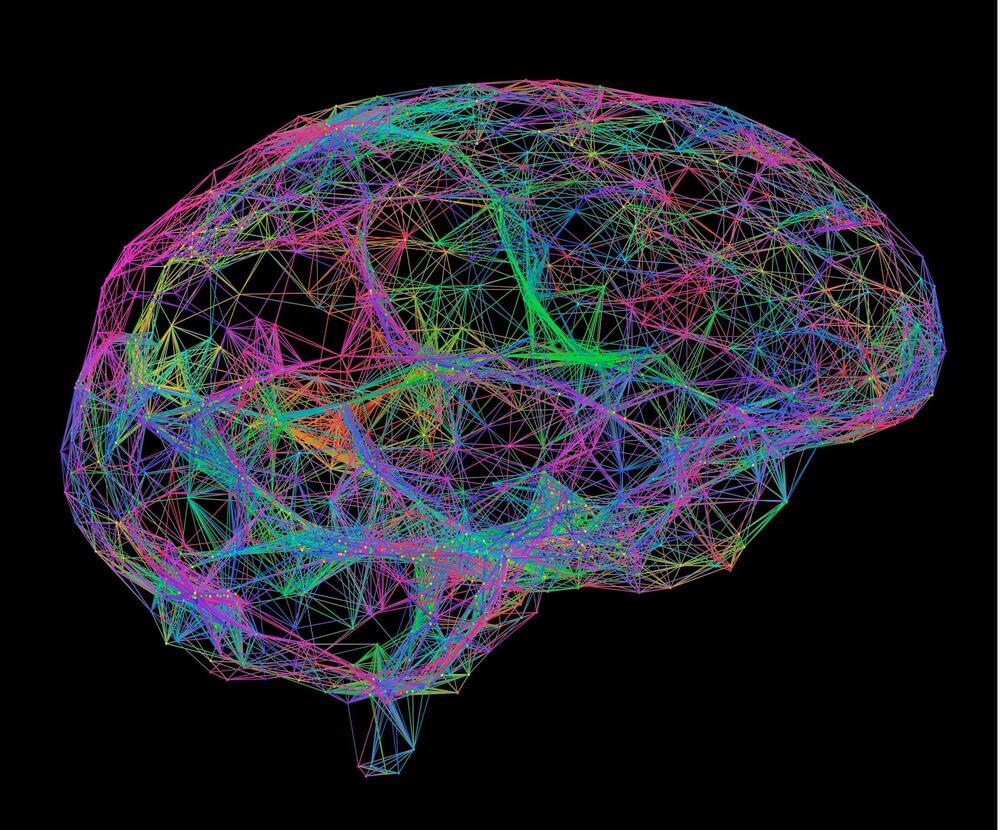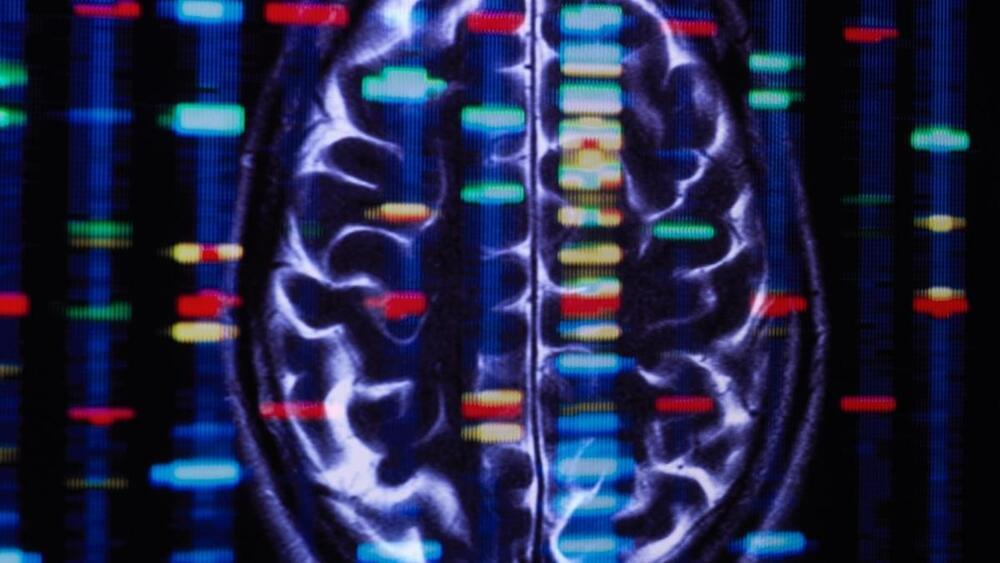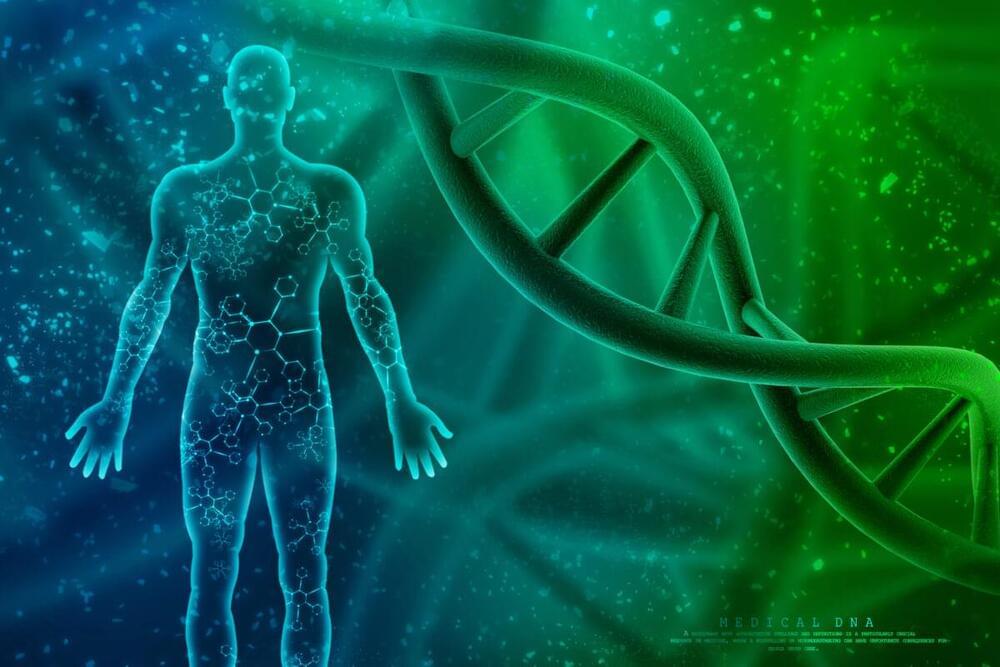The new AI system, called o3, is expected to launch early next year.
One of the biggest mysteries in science—dark energy—doesn’t actually exist, according to researchers looking to solve the riddle of how the universe is expanding.
Their analysis has been published in the journal Monthly Notices of the Royal Astronomical Society Letters.
For the past 100 years, physicists have generally assumed that the cosmos is growing equally in all directions. They employed the concept of dark energy as a placeholder to explain unknown physics they couldn’t understand, but the contentious theory has always had its problems.
Plasmons are collective oscillations of electrons in a solid and are important for a wide range of applications, such as sensing, catalysis, and light harvesting. Plasmonic waves that travel along the surface of a metal, called surface plasmon polaritons, have been studied for their ability to enhance electromagnetic fields.
One of the most powerful tools for studying these waves is time-resolved electron microscopy, which uses ultrashort laser pulses to observe how these plasmonic waves behave. An international research team recently pushed the boundaries of this technique.
As reported in Advanced Photonics, the researchers used multiple time-delayed laser pulses of four different polarizations to capture the full electric field of these waves. This method allowed them to achieve a level of accuracy previously not possible.
Dr Torbjörn Ogéus is a pain specialist with clinical experience in regenerative medicine. He has been treating tendons and osteoarthritis (OA) with growth factors for 15 years. 6 years ago, Ogéus did his first stem cell treatment for OA and recently published one of the first clinical studies in the world on exosomes and OA.
While investigating a mysterious radiation signal unlike any seen before, astronomers may have uncovered a rare pair of binary supermassive black holes with a truly monstrous appetite.
Certain cells in the brain create a nurturing environment, enhancing the health and resilience of their neighbors, while others promote stress and damage. Using spatial transcriptomics and AI, researchers at Stanford’s Knight Initiative for Brain Resilience discovered these interactions playing out across the lifespan—suggesting local cellular interactions may significantly influence brain aging and resilience.
A new study was published in Nature in an article titled, “Spatial transcriptomic clocks reveal cell proximity effects in brain aging.”
“What was exciting to us was finding that some cells have a pro-aging effect on neighboring cells while others appear to have a rejuvenating effect on their neighbors,” said Anne Brunet, the Michele and Timothy Barakett Endowed Professor in Stanford’s department of genetics and co-senior investigator of the new study.
The field “touches on all the questions that humanity has asked since it was walking on this planet,” says Moshe Szyf, a professor of pharmacology at McGill University. “How much of our destiny is predetermined? How much of it do we control?”
For some people, the concept that we can carry a legacy of trauma makes sense because it validates their sense that they are more than the sum of their experiences.
“If you feel you have been affected by a very traumatic, difficult, life-altering experience that your mother or father has had, there’s something to that,” says Rachel Yehuda, professor of psychiatry and neuroscience of trauma at Mount Sinai in New York. Her research points to a small epigenetic “signal” that a life-altering experience “doesn’t just die with you,” she says. “It has a life of its own afterwards in some form.”
New research suggests we’ve misunderstood how the building blocks of life on Earth came together. See what scientists found.
A breakthrough in understanding how a single-cell parasite makes ergosterol (its version of cholesterol) could lead to more effective drugs for human leishmaniasis, a parasitic disease that afflicts about 1 million people and kills about 30,000 people around the world every year.
The findings, reported in Nature Communications, also solve a decades-long scientific puzzle that’s prevented drugmakers from successfully using azole antifungal drugs to treat visceral leishmaniasis, or VL.
About 30 years ago, scientists discovered the two species of single-cell parasites that cause VL, Leishmania donovani and Leishmania infantum, made the same lipid sterol, called ergosterol, as fungi proven susceptible to azoles antifungals. These azoles antifungals target a crucial enzyme for sterol biosynthesis, called CYP51.
A new type of norovirus is causing a very high number of cases in countries like England, just as a large trial of an mRNA vaccine is starting up.









